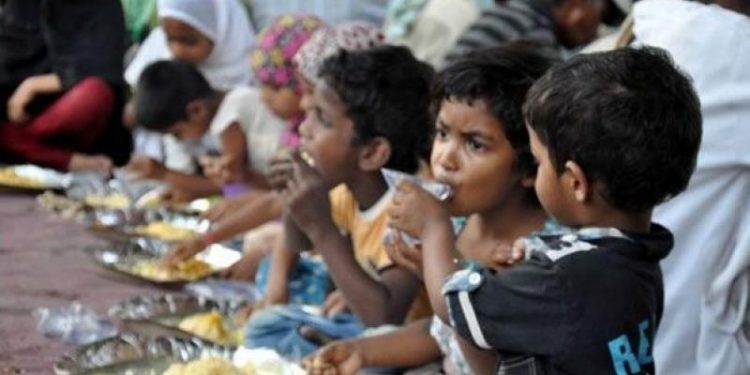Bhubaneswar: A recent national-level health status report titled ‘India State-Level Disease Burden’ – which has details of all Indian states and is studied by the government agencies and many other experts — hint that Odisha is still among India’s top 7 states to have high disease burden of malnourishment.
The first comprehensive estimates of disease burden due to child and maternal malnutrition and the trends of its indicators in every state of India from 1990 onwards, was published Wednesday in ‘The Lancet Child and Adolescent Health by the India State-Level Disease Burden Initiative’. The findings also talk about the dismal state of affairs in Odisha.
The report claims that the disease burden rate— attributed to malnutrition in children— varies seven-fold between the states, and is highest in Rajasthan, Uttar Pradesh, Bihar and Assam, followed by Madhya Pradesh, Chhattisgarh, Odisha, Nagaland and Tripura.
The detailed analysis of the report claims that the state has shown good performance in exclusive breastfeeding percent prevalence as expected by the World Health Organization (WHO) and the UNICEF in their target for 2030. However the matter of concern in the state lies in the prevalence of child wasting.
It states that there is currently a gap of 12.5 per cent between the child wasting prevalence and the WHO and UNICEF targets for 2030. Prevalence of anaemia among women in Odisha is still on a higher side as there is a 13.3 per cent gap between the actual figures and the target under the National Mission 2022 and 17.9 gap in percentage against the 2030 target of WHO and UNICEF.
The report, however, claimed that the disease burden and death rate attributable to malnutrition have dropped substantially in India, but malnutrition is still the leading risk factor in children under five and health loss in persons of all ages.
The India State-Level Disease Burden Initiative is a joint initiative of the Indian Council of Medical Research (ICMR), Public Health Foundation of India, and Institute for Health Metrics and Evaluation in collaboration with the Ministry of Health and Family Welfare along with experts and stakeholders associated with over 100 Indian institutions.







































